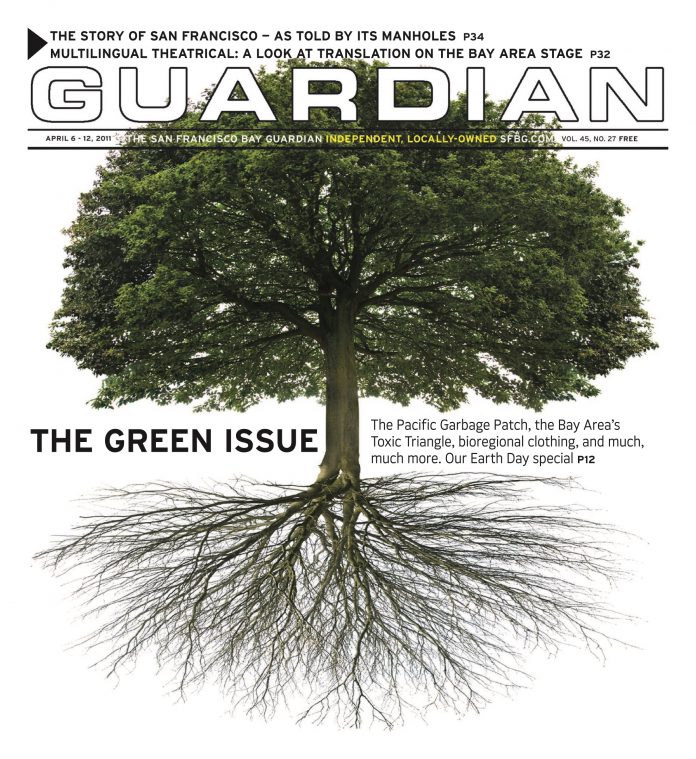arts@sfbg.com
FILM To say that Bill Cunningham, the 82-year old New York Times photographer, has made documenting how New Yorkers dress his life’s work would be an understatement. To be sure, Cunningham’s two decades-old Sunday Times columns — “On the Street,” which tracks street-fashion, and “Evening Hours,” which covers the charity gala circuit — are about the clothes. And, my, what clothes they are.
But Cunningham is a sartorial anthropologist, and his pictures always tell the bigger story behind the changing hemlines, which socialite wore what designer, or the latest trend in footwear. Whether tracking the near-infinite variations of a particular hue, a sudden bumper-crop of cropped blazers, or the fanciful leaps of well-heeled pedestrians dodging February slush puddles, Cunningham’s talent lies in his ability to recognize fleeting moments of beauty, creativity, humor, and joy.
That last quality courses through Bill Cunningham New York, Richard Press’ captivating and moving portrait of a man whose reticence and personal asceticism are proportional to his total devotion to documenting what Harold Koda, chief curator at the Costume Institute at the Metropolitan Museum of Art, describes in the film as “ordinary people going about their lives, dressed in fascinating ways.”
Press goes about filming Cunningham the way the photographer claims to capture his own subjects: “discreetly, quietly, invisibly.” Press, along with producer Philip Gefter and cinematographer Tony Cenicola (also a Times staff photographer), followed Cunningham for two years with no crew (after Press spent eight attempting to get Cunningham’s consent), tailing the photographer from uptown soirees to the runways of Paris fashion week.
Interspersed with Cunningham’s own sharp insights and footage of the photographer biking around Manhattan and throwing himself into oncoming traffic to get the perfect shot, are interviews with old friends and frequent subjects: Upper West Side grandes dames, fashion powerhouses, former editors, neighbors, and strutting peacocks. The loving accounts they share of encounters with Cunningham sing his artistic praises and unwavering kindness but stop short of revealing much about the man himself, save for his monasticism.
Cunningham famously lived for decades in a tiny studio apartment above Carnegie Hall filled almost exclusively with negative-stuffed file cabinets and an Army cot. His uniform is the cheap blue jacket worn by French street sweepers, augmented by a duct-tapped poncho in inclement weather. He rarely stops to schmooze, let alone sleep or eat. When a real estate agent shows Cunningham, who over the course of filming was evicted from his Carnegie Hall cell, the kitchen of the new apartment he will be relocated to, he genially scoffs, “What would I do with that?”
Cunningham’s disdain for the material and emotional comforts most of us take for granted might seem at odds with the worlds he documents (perhaps the film’s most shocking moment comes when Cunningham casually reveals he has never been in a romantic relationship). Fashion has become a hydra-headed beast of which street style, and the myriad bloggers who document it, have been completely swallowed by.
What Bill Cunningham New York makes clear, however, is that for this man, sustained by indefatigable reserves of passion and the ability to see what others can’t, the pursuit of beauty is not merely his chosen vocation; it has always been and always will be a calling.
BILL CUNNINGHAM NEW YORK opens Fri/8 in Bay Area theaters.

